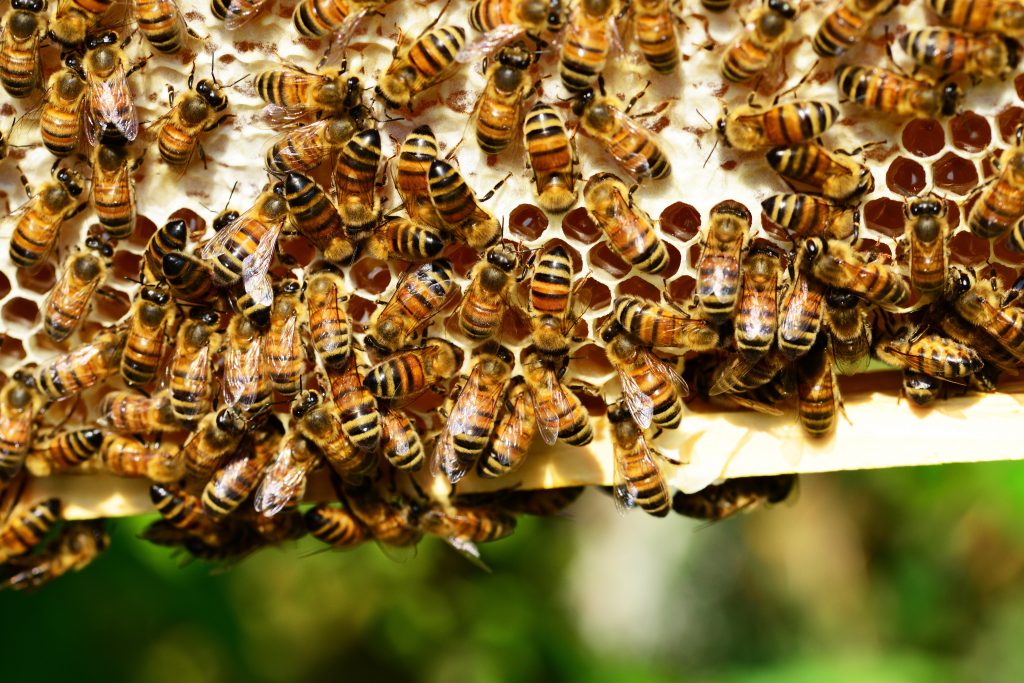Two beekeepers’ associations, represented by Earthjustice, filed a petition with the U.S. Court of Appeals for the Ninth Circuit (Ninth Circuit), asking the court to review the Environmental Protection Agency’s (EPA) decision to expand the use of the insecticide sulfoxaflor. The challengers have brought their lawsuit under the Federal Insecticide, Fungicide, and Rodenticide Act (FIFRA) which allows a final EPA decision to register a pesticide for use under the Act to be immediately reviewed in the United States circuit courts of appeal. The challengers argue that EPA approved the use of sulfoxaflor despite evidence that the insecticide is harmful to bees.
EPA initially approved sulfoxaflor for use in 2013. However, a lawsuit brought by the same beekeepers’ associations as the current petition resulted in a Ninth Circuit ruling which held that EPA failed to appropriately assess the pesticide’s risk to pollinators. In that case, entitled Pollinator Stewardship Council v. US EPA, 806 F.3d 520 (9th Cir. 2015), the Ninth Circuit held that EPA failed to use substantial data to show that sulfoxaflor was not harmful to pollinators. As a result of that decision, EPA pulled sulfoxaflor from the market in 2015. The following year, EPA re-approved sulfoxaflor, but added significant restrictions to its use, forbidding sulfoxaflor from being applied to crops that are attractive to bees during bloom. In June 2019, EPA removed those restrictions to allow sulfoxaflor to be used on citrus, cotton, curcubits, soybeans, and strawberries. In addition, EPA approved new uses for sulfoxaflor on alfalfa, corn, cacao, grains, pineapple, sorghum, teff, teosinte, and tree plantations.
Sulfoxaflor is used to target difficult pests, including sugarcane aphids and tarnished plant bugs. According to EPA, alternatives to sulfoxaflor must often be applied multiple times to be as effective as sulfoxaflor. In its decision to remove restrictions on sulfoxaflor use, EPA stated that it believes that sulfoxaflor is less harmful to bees than other alternative pesticides in part because it required fewer applications than alternatives.
FIFRA requires that all pesticides sold or distributed in the United States be registered by EPA. Registration is based on an evaluation of the human health and environmental risks posed by the pesticide. Under FIFRA, a court reviewing an EPA decision to register a new pesticide will only uphold the registration if it is supported by substantial evidence. The plaintiffs challenging EPA’s new sulfoxaflor rule allege that the rule is invalid under FIFRA because they claim it is “unsupported by substantial evidence.” If the Ninth Circuit agrees with the plaintiffs, then sulfoxaflor may once again be taken off the market until EPA can satisfy the substantial evidence requirement. Conversely, if the Ninth Circuit finds in favor of EPA, the re-approval of sulfoxaflor will go forward as EPA has issued it without any changes.
This is not the first lawsuit challenging the new EPA rule. In August 2019, the Center for Food Safety also filed suit seeking to have the rule overturned. In its petition, the Center for Food Safety argued that EPA failed to follow the proper process under FIFRA, and that EPA failed to consult with the U.S. Fish and Wildlife Service (FWS) and the National Marine Fisheries Service (NMFS) to determine how endangered species may be affected. Both cases are before the Ninth Circuit.
To read the petition filed by the Pollinator Stewardship Council and the American Beekeeping Federation click here.
To read the EPA decision to register sulfoxaflor click here.
To read the Pollinator Stewardship Council v. US EPA decision click here.
To read the petition filed by the Center for Food Safety click here.
To read EPA’s press release on the new sulfoxaflor rules click here.
To learn more about pesticides and FIFRA click here.
